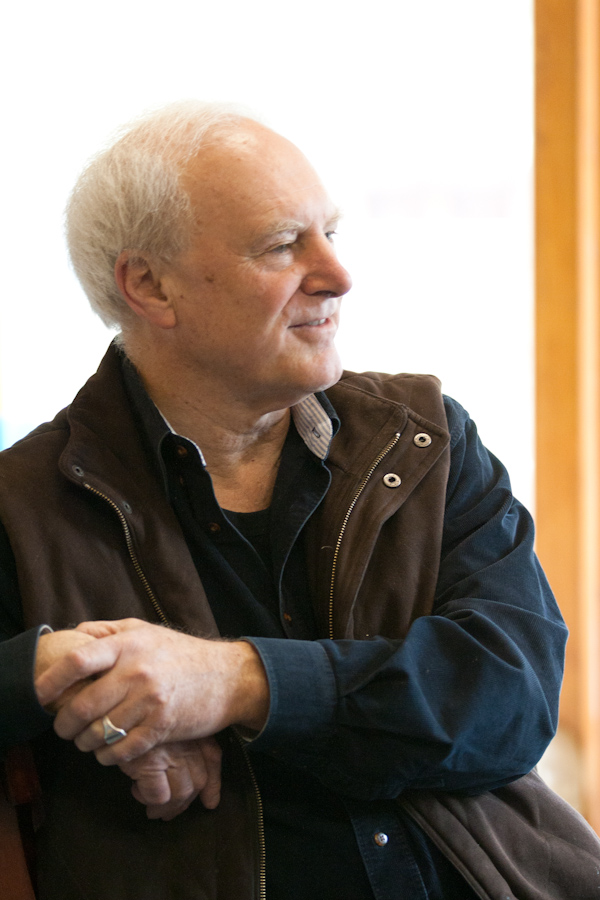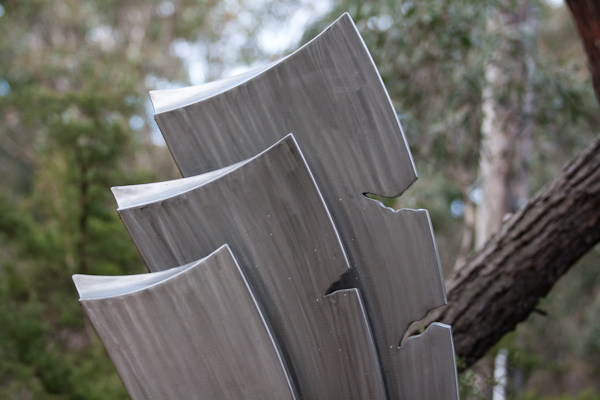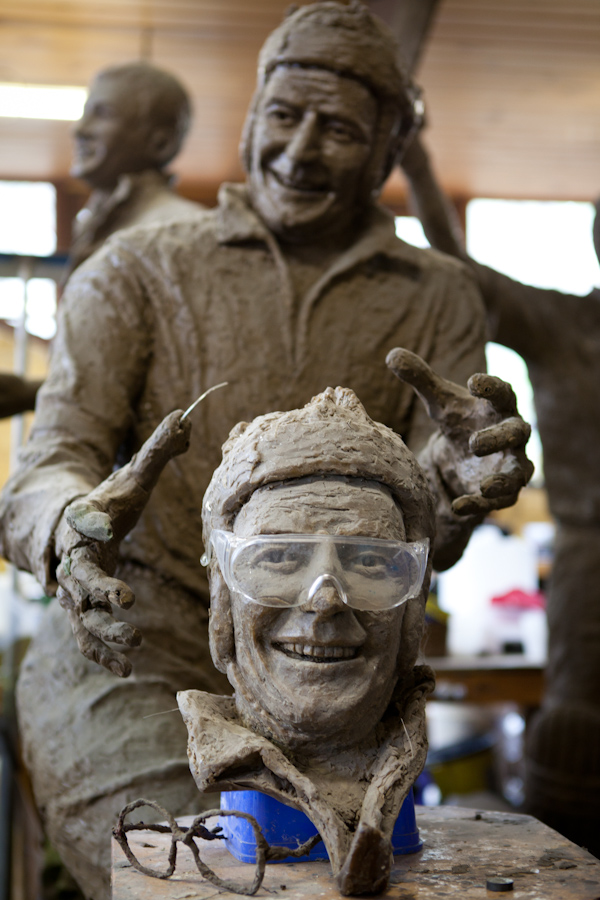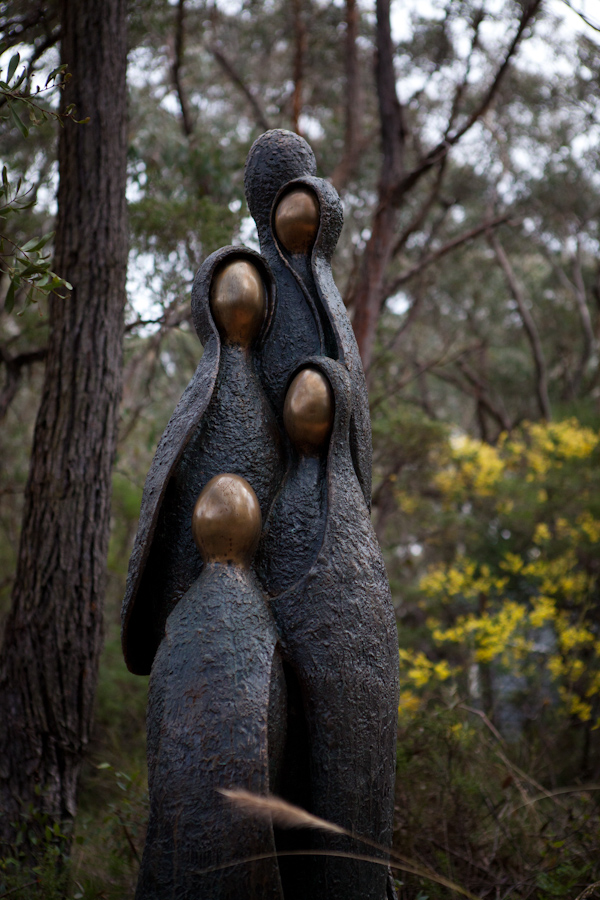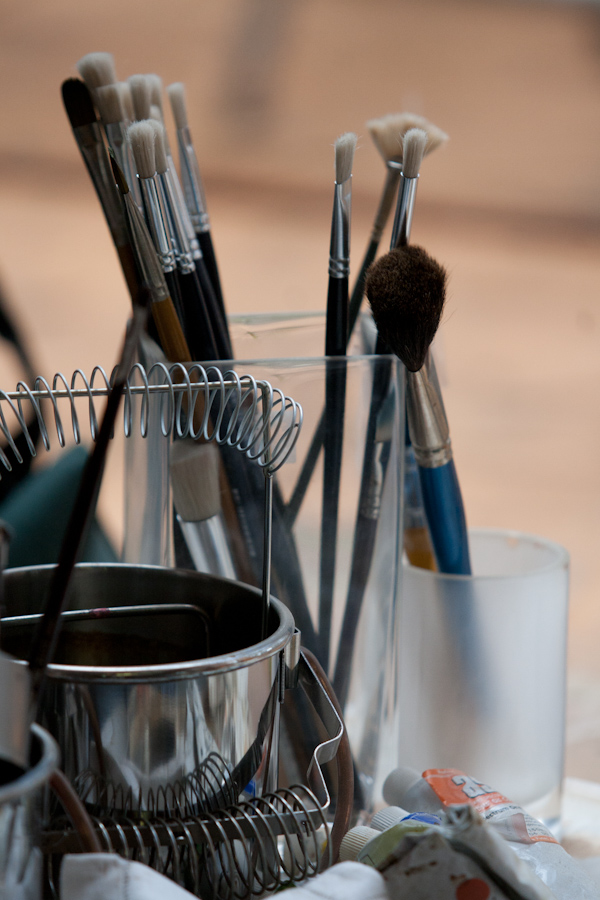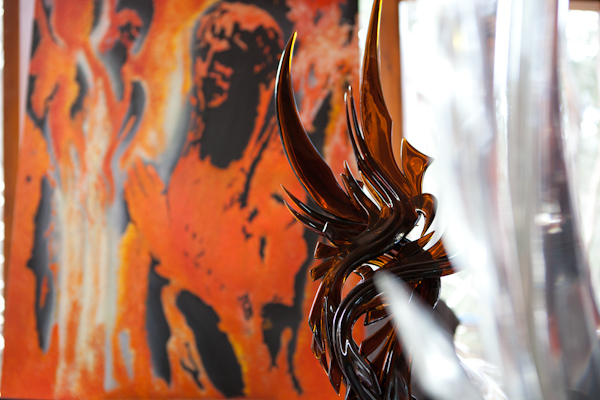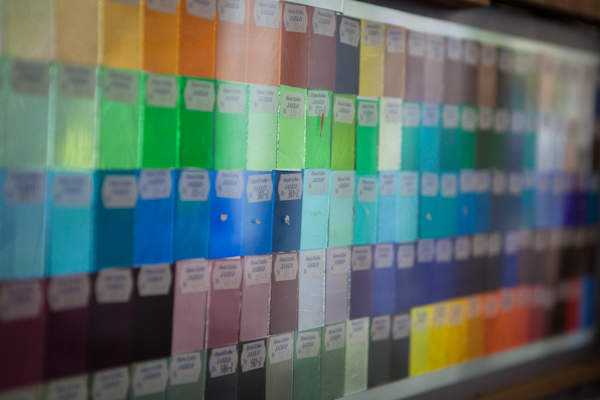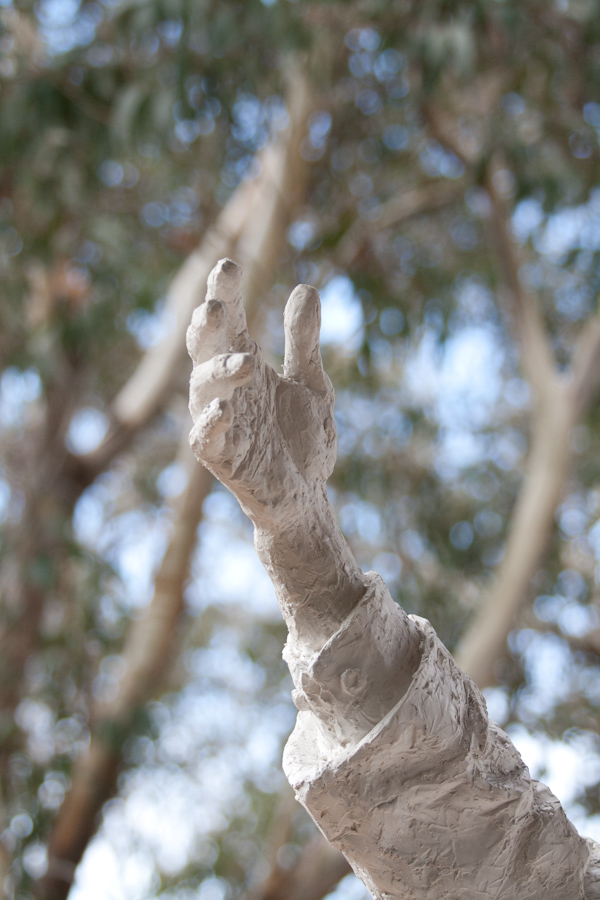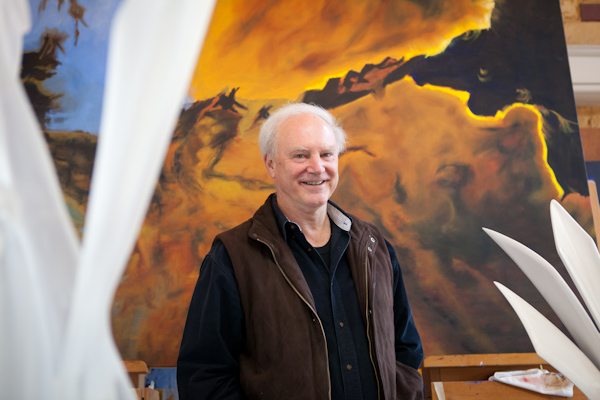Science and music inspire famous sculptor
Terrance Plowright is a Blue Mountains resident who has won acclaim for Australian art on a grand scale. He has undertaken some of the largest fine art commissions in Australia, as well as large sculptural works in Bangladesh and New Zealand, and his 2000 Sydney Olympic Sculptures now reside in such grand locations as New York, Singapore, Paris, Tokyo, London, and throughout Australia.
Terrance creates in cast bronze, stainless steel, stone, glass, and has pioneered the use of water clear cast urethane for artistic purposes. He is particularly well known for his water features, including the Dancing Brolga Fountain at Cockle Bay which is famous worldwide.
You have a huge resume of work. Do you have a favourite piece, or one you are most proud of?
There are a number of pieces I’m happy with. Though, at the end of a project, in hindsight, there are things you would have liked to have done. All artists probably feel that.
“Wings of Spirit” is a contemporary work I recently completed, for Twin Waters in Queensland, which is over six metres high, and contains five tonnes of stainless steel. I’m very pleased with that.
I have just completed a series of sculptures for the Sculptors Society Awards at Darling Park in Sydney, all of which hover around a science or musical theme. My “Tribute to Beethoven’s 6th Symphony” won the President’s Prize. I have a huge love for music; I believe it to be the greatest of all the arts. It stands alongside science in the ability to lift our awareness and sensitivity to allow us to feel some sense of connection with the environment around us and the universe in general.
Beethoven’s 6th Symphony is a pastoral symphony, based on his love of nature. In my tribute to that piece of music, I’ve created all these natural forms – wings and fish and dolphins and whales and shells – and worked them together in four separate pieces that form one sculpture. A sculptor came up to me and she said she looked at that piece and it sent shivers down her spine. To get that kind of feedback is really lovely and enormously important. It gave me the sense that I was getting close to what I was trying to achieve.
You have done a lot of figurative work, including people who have passed away. Is it hard to capture a person’s spirit or soul when you haven’t met them?
Yes, it is difficult. You have to deal with people who knew them, and their memories are all subjective. You need to try and hit a note based on reading, and the stories you have been given.
I did a figure recently, Robert Rowell, who did a huge amount for Aboriginal people in the Kimberley’s. He’s been dead for about 10 years. I did his sculpture based on three photos, which was very difficult, but also with the help of his second wife who came into the studio. Putting that sculpture in, in the Kimberley’s, a bunch of Aborigines came over and one fellow was in tears and he actually shook the sculptures hand. It was an amazing response, and it’s lovely to see people feel that.
It is so easy to have someone in real life: you can stand them side on, see the depth of the eyes and nose. From a photo everything is foreshortened, so you have no idea of the depth.
When did you move to this area?
We arrived in the Mountains about 23 or 24 years ago. We built the house and the studio here in Wentworth Falls about 14 years ago. 26,000 mud bricks were made on site, with the help of my son and his friends, to create the buildings.
Can you tell us what you’re working on now?
I can’t say too much just yet, but it is the most prestigious job I’ve ever done; a very public commission. The subject matter is a political hot potato, but both the Premier and Governor are very keen. It will be going into a very prominent place in Sydney.
I’m excited about the commission because it’s very public and the subject matter is something that I’m interested in and feel I can put my heart into it. The subject is someone I believe has a great deal of humanity and therefore I can really give myself to that.
Figurative work has kept the studio going, it pays the bills, but my heart is really in the contemporary work and I get a great deal of pleasure out of working in that area and exploring new ways to build form and space.
Do you have a favourite material to work with?
No I don’t have a preference. What excites me is the form itself and if I can wrench some passion and energy from that, if people look at it and feel a sense of connection, then it doesn’t matter what material it is. The form underpins the piece, not the material.
I’m currently very interested in exploring light. I’ve had some circuit boards printed with LEDs which are able to sequence the lighting. I have a great interest in science.
Is there a designer / sculptor/ artist you find inspiring?
I really feel that Beethoven is the greatest artist who ever lived. I love the work of artists Turner, Rubens, and Rembrandt.
In terms of Australian painters, I admire works by Robert Hannaford, and Bill Leak who is a famous cartoonist, but I really like him as a painter.
Regarding sculptors in Australia, I really enjoy the work of Alan Somerville. Matthew Harding, who has done lot of figurative and also contemporary work, is extraordinarily gifted. The first thing he ever carved was a pregnant woman, about two metres long, from a huge single block of timber. It is exquisitely beautiful.
There is a lot of contemporary work that I feel is soulless; it’s all in the head. If you don’t like it, they make you think you’re not with the times, that you don’t get it. It is a load of pretentious crap.
What’s your perfect mountains weekend?
My wife and I love to bushwalk in our downtime. We’ve probably done 60 different walks, and some we do over and over. Especially the Furber stairs in Katoomba; that walk down into the canyon is exquisite. There are also some great walks around Wentworth Falls.
We’ve virtually travelled the whole of Australia now, but we always come back to the Mountains and think “this is stunning”. If anything comes close, it is Uluru; there is an amazing feeling out there.
Do you have any advice or tips for those artists beginning their career?
For someone coming into the arts, the first thing to do is become interested in philosophy; what it is to be a human being. With everything we know about science, we know zero about consciousness, and only a tiny little bit about thought. And yet these are the things that drive us 24 hours a day. They are fundamental. If you truly want to become an artist – someone who is going to reveal something that lifts our hearts and minds to a different place and inspires us – to get to that requires a profound sensitivity and fierce intelligence. If you marry those two things you can produce a really great work. You don’t need to study the ancient Greeks, just search for truth.
Become interested in science. Everything we reside in today is underpinned by science. We know as a fact every atom in our body comes from a sun, and that the earth was once molten rock. We are molten rock in a different place and time. Try to understand and feel these things and then you can produce art.
I have no idea what I want to do, even right now, and what is driving me is everything that is present in my life at this particular time and the opportunity that pushes forward. I’m not confined to painting pictures or doing sculptures. I’m comfortable with not knowing, not having a concept. Out of this is the potential for great things.
WORDS by KELLIE HAMMON IMAGES by ANN NIDDRIE
For more information on Terrance and his work, visit his website

